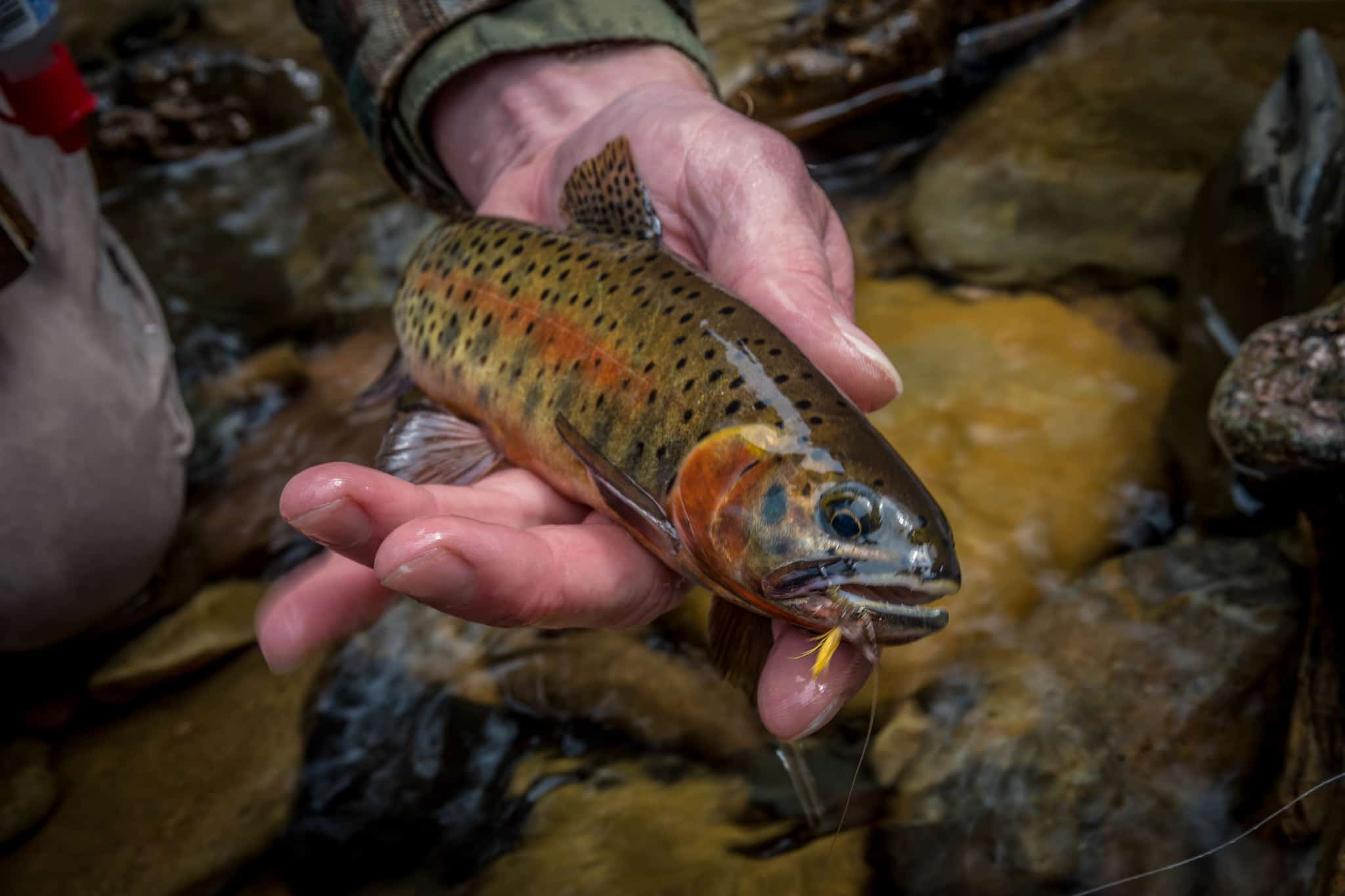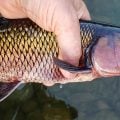Ask MidCurrent: Leader and Tippet Length for Trout

Image by Jillian Schuller
Question: I’m still getting the hang of fly fishing for trout, and I’m confused about leader and tippet lengths. How do I know what length to use in different situations? I’ve heard conflicting advice and I’m not sure where to start.
Answer: While there is definitely some science behind it, choosing the right leader and tippet length is also an exercise in feel and intuition honed through hours on the water. It’s a learned skill that can make or break your day, especially when targeting trout who seem to have a Ph.D. in spotting fake flies.
Understanding the Basics: Leaders and Tippets Explained
Before we get into the nitty-gritty, let’s make sure we’re on the same page about what we’re discussing. The leader is that tapered section of line connecting your fly line to the business end of your rig. It typically runs anywhere from 7.5 to 12 feet in length. The tippet, on the other hand, is the final section of consistent diameter line to which you tie your fly. Together, these components play a pivotal role in presenting your fly naturally and fooling even the most discerning trout.
The Goldilocks Zone: Finding the Right Leader Length
There’s no one-size-fits-all approach to leader length. However, for most trout fishing situations, you’ll find that a leader between 9 and 12 feet hits the sweet spot. Think of it as the Goldilocks zone—not too short, not too long, but just right.
That said, conditions will often dictate when to deviate from this range. When the wind’s howling or you’re tossing meaty streamers, a shorter 7.5-foot leader can be your best friend. It’ll give you the accuracy and strength you need to punch through the gusts and turn over those bigger flies.
On the flip side, when you’re dealing with gin-clear water or trout that seem to have a built-in spook meter, longer leaders of 12 feet or more can be a game-changer. They allow for those whisper-soft presentations that can mean the difference between a bent rod and a fishless day.
Tailoring Your Setup: Technique-Specific Leader and Tippet Lengths
Dry Fly Delicacy: The Long Game
With dry fly fishing, longer is often better. Typically, it’s best to start with a 9 to 10-foot leader and then add another 1 to 2 feet of tippet. However, if you’re fishing a pool so still it looks like glass, you might push it even further, sometimes up to 18 feet for the ultimate in stealth. Warning: If you’re not on the tip-top of your casting game, ultra-long leaders/tippets are a recipe for disaster. You must also possess some knowledge about tying leaders. It’s best if you positively know what you’re doing in both arenas before deciding to go long. Otherwise, you’re in for a day of alternate sessions sobbing and cussing.
Nymphing Know-How: Adjusting for Depth and Technique
For indicator nymphing, stick with a 9-foot leader and tack on 2 to 4 feet of tippet. This length range usually does the trick, but don’t be afraid to go longer if you’re probing the depths.
Now, if you’re into Euro-nymphing (and it’s addictive), you’ll want to flip the script. Go with a shorter 2 to 4-foot leader but compensate with a much longer tippet, often 6 to 10 feet. This 8 to 14-foot total length might seem unwieldy at first, but it gives you incredible control and sensitivity when done right.
Streamer Strategies: Short and Stout
When chucking streamers, it’s all about control. A shorter setup not only helps you cast those bulkier flies but also gives you better leverage for stripping and working the fly. Typically, a 7.5 to 9-foot leader with just a foot or two of tippet. This keeps the total length around 8.5 to 10 feet, which is ideal for most streamer fishing situations. But don’t be afraid to go even shorter in low-visibility water. Heck, sometimes when the currents are cappuccino colored, 3 feet of heavy-weight tippet tied to a gaudy streamer is best, which is a great segue into…
Adapting to Water Conditions: Clear vs. Cloudy
Water clarity is a major factor in determining your leader and tippet setup. In crystal-clear streams where you can count the spots on a trout’s back from 20 feet away, longer is definitely better.
However, when the water’s got a bit of color to it or is moving fast, you can get away with shorter setups. The fish are less likely to be leader-shy, and the shorter length gives you better control in the faster currents.
The Pressure’s On: Adjusting for Heavily Fished Waters
If you find yourself on a stretch of water that sees more anglers than a fly shop on sale day, you’ll need to up your game. In these high-pressure scenarios, extending leader and tippet by an extra foot or two can make a tremendous difference. These situations might also require a drop to finer tippet diameters, sometimes going as light as 7X if the situation calls for it. Fluorocarbon tippet can be a real asset here, thanks to its lower visibility in the water.
Battling the Breeze: Wind-Worthy Adjustments
We’ve all been there—perfect day, perfect spot, but the wind’s doing its best to turn your casting into a comedy routine. When the gusts pick up, shortening the entire setup by a foot or two can make casting a bit more manageable. Bumping up to a slightly heavier tippet to help turn over the fly in the wind is also a great idea. Starting with a 7.5-foot leader can be a good baseline in these conditions.
Fine-Tuning Your Rig: The Art of Adaptation
Remember, these guidelines are just that—guidelines. The real key to success lies in your ability to adapt on the water. Start with a 9-foot leader then add tippet in 12 to 18-inch increments until you find that sweet spot. If flies aren’t turning over properly, shorten the tippet a bit. If you need a more delicate presentation, gradually lengthen it.
Maintaining Your Setup: The Overlooked Skill
One often overlooked aspect of leader and tippet management is maintenance. As you fish, you’ll naturally lose length due to changing flies and the occasional break-off. Carry spare spools of tippet in various sizes to keep your rig in top shape. Regularly checking for wear and damage is crucial—there’s nothing worse than losing the fish of a lifetime to a worn-out tippet.
Selecting the right leader and tippet lengths is more than just a technical skill—it’s an art form that can elevate your fly fishing to new heights. By considering factors like fishing technique, water conditions, fly choice, and environmental factors, you can dial in your presentations for maximum effectiveness. Remember, there’s no substitute for time on the water. The more you fish, the more intuitive these decisions will become.











